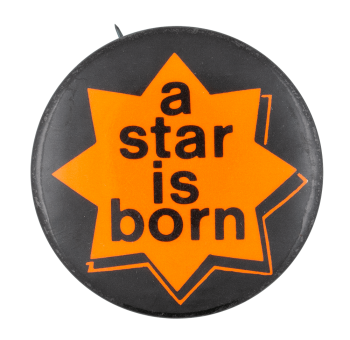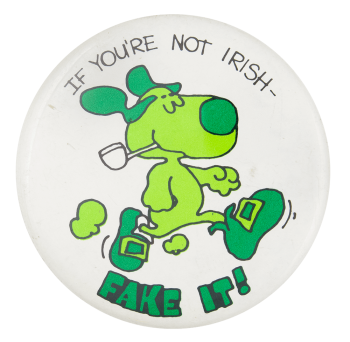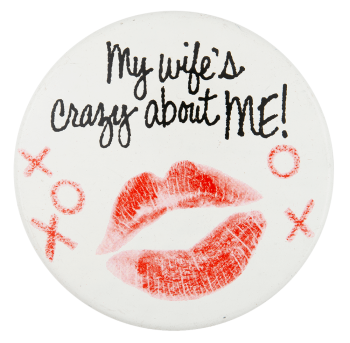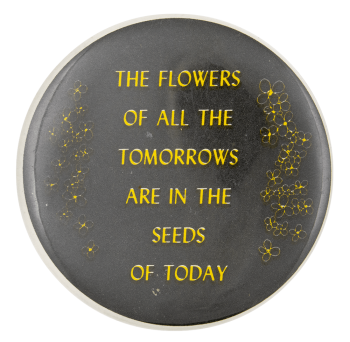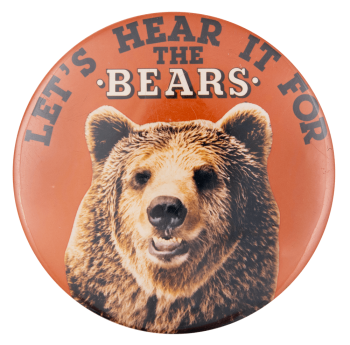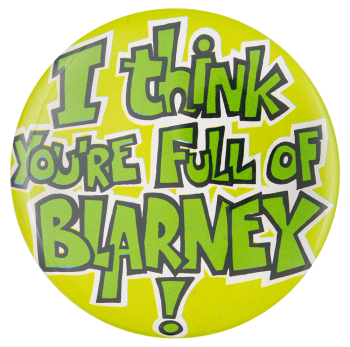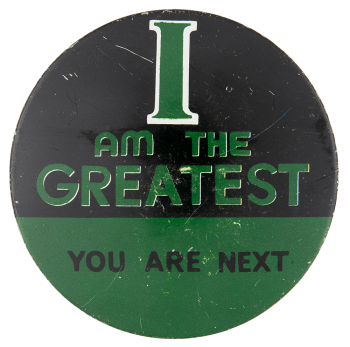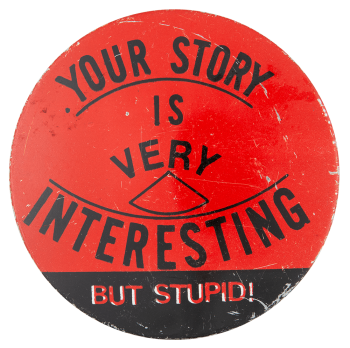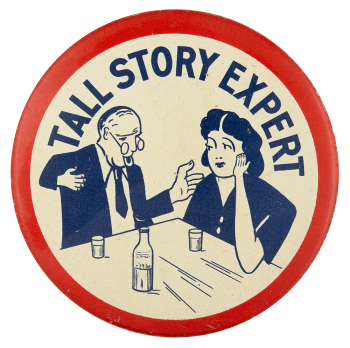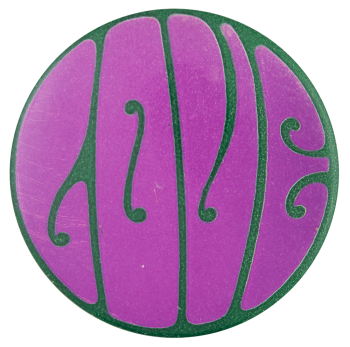A Star is Born
| Category | |
|---|---|
| Additional Images | |
| Sub Categories | |
| Text on Button | a star is born |
| Image Description | Black text on an orange star on a black background |
| Back Style | |
| The Shape | |
| The Size | |
| Additional Information | The classic storyline of A Star is Born has been remade three times. Though the plot slightly changes each time, the basic storyline stays the same. An average everyday woman meets a male celebrity who supports and encourages her to become a star herself. Then the man’s own career begins to go downhill, which leads to a tragic ending. The first version was made in 1937 staring Janet Gaynor. Then was re-made in 1954, with Judy Garland as the lead actress. The third version was done in 1976, the main female role was played by Barbra Streisand. The most recent version was made in 2018, which starred Lady Gaga and Bradley Cooper. |
| Sources |
Greenspan, R. (2018). What to know about the original A Start is Born. Time. https://time.com/5403187/a-star-is-born-versions/ Keegan, R. (2018). Why every era gets the A Star is Born it deserves. Vanity Fair. https://www.vanityfair.com/hollywood/2018/08/why-every-era-gets-the-a-s… |
| Catalog ID | IB0625 |

